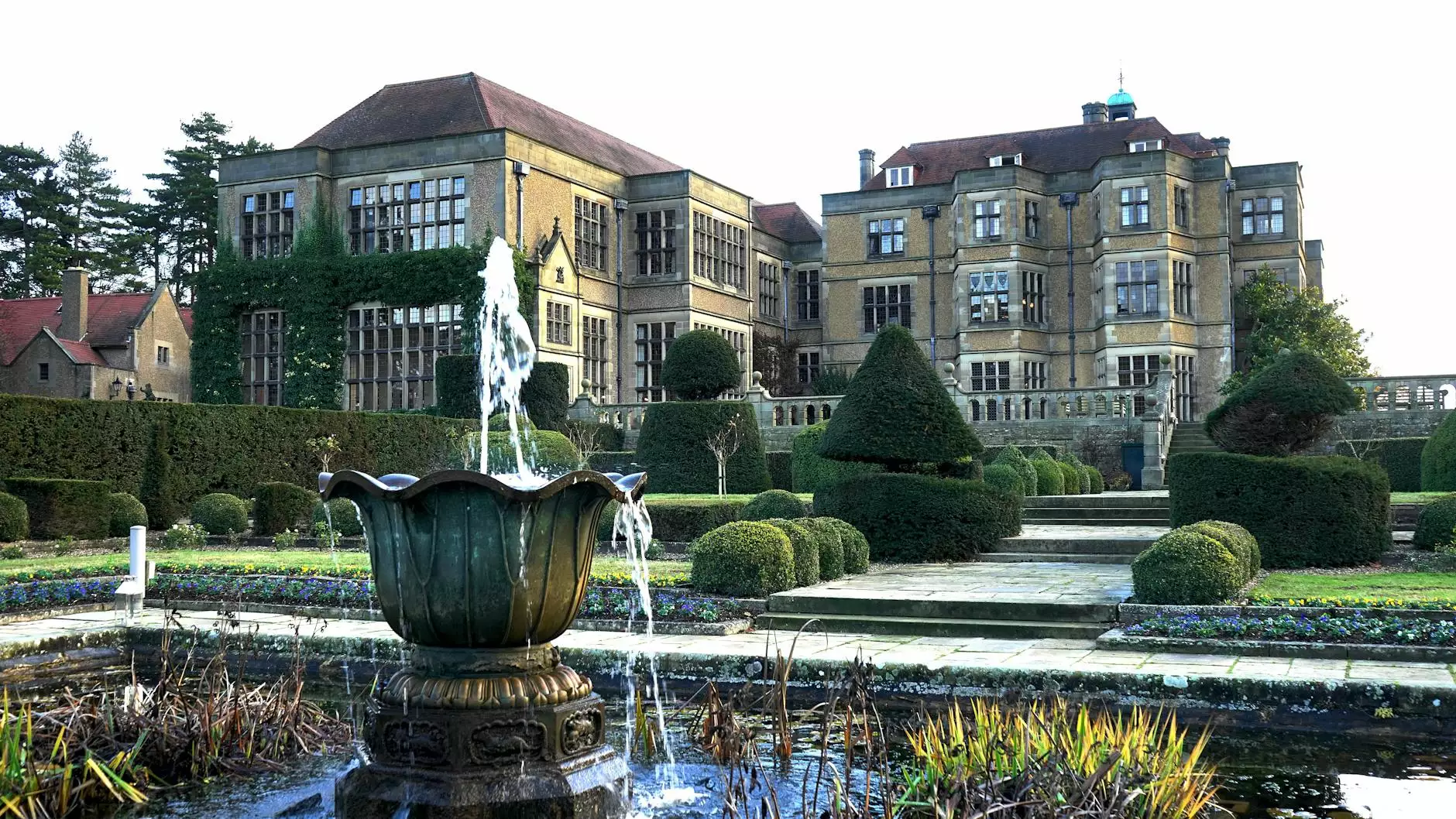Historical Concepts of Home: The Tenant Era
1800-1849
Welcome to La Historia Society's page on the historical concept of home during the tenant era. In this detailed exploration, we delve into the fascinating period of history known as the tenant era, uncovering its significance and impact on communities. Join us on this journey as we uncover the stories and narratives behind this pivotal time in history.
Introduction to the Tenant Era
In the realm of community and society, understanding the historical context of home is crucial in comprehending how societies have evolved over time. One such period in history is the tenant era, a time when individuals occupied properties through rented agreements. This era exemplifies the transition from feudal systems to a more modernized and structured society.
The Socioeconomic Landscape
The tenant era witnessed a complex socioeconomic landscape, heavily influenced by factors such as class, wealth, and social standing. Landlords played a significant role in this era, as they dictated the terms and conditions that tenants lived under. The power dynamics and relationships between landlords and tenants shaped the social fabric of communities, leading to a range of cultural and economic developments.
Challenges and Struggles
Tenants faced various challenges and struggles during this era. The rental agreements often favored landlords, leaving tenants vulnerable to exploitation and unfair treatment. This created social and economic disparities that affected individuals and communities. It is important to understand and acknowledge these historical challenges to gain a comprehensive perspective on the tenant era.
Resilience and Community Support
Despite the challenges faced, tenants exhibited resilience and established strong bonds within their communities. Mutual support networks emerged, and community-based organizations played a critical role in providing assistance and advocating for the rights of tenants. These collective efforts not only strengthened community ties but also paved the way for significant social and political changes.
Cultural Shifts and Influences
The tenant era witnessed notable cultural shifts and influences that had a lasting impact on society. As individuals from diverse backgrounds coexisted within communities, cultural exchange became prevalent. Shared experiences integrated customs, traditions, and languages, resulting in a rich tapestry of cultural heritage. The tenant era played a pivotal role in shaping present-day community dynamics and fostering a sense of unity amidst diversity.
The Evolution of Housing
One significant outcome of the tenant era was the evolution of housing structures. As communities grew and urbanization accelerated, innovative housing designs emerged to accommodate the increasing population. Architects and builders responded to the housing demands of the era, employing new construction techniques and creating distinct architectural styles that still captivate us today.
Arts, Literature, and Philosophy
The tenant era also witnessed a flourishing of arts, literature, and philosophy. Artists and writers found inspiration in the diverse community landscapes, depicting the struggles, dreams, and aspirations of tenants through their works. Influential philosophical movements emerged, examining the concepts of home, identity, and belonging in the context of the tenant era. These creative expressions provide us insights into the multifaceted nature of the time.
Legacy and Impacts
The legacy of the tenant era reverberates through time, leaving lasting impacts on communities. Historical lessons from this period shape our understanding of housing rights, urban planning, and social policy. By exploring the tenant era, we gain valuable insights into the ongoing struggles and triumphs of individuals and communities fighting for equitable living conditions. Understanding this history informs our efforts in building inclusive societies for the present and future.
Preservation and Education
Promoting the preservation and education of the tenant era's history is crucial to honor the experiences of past generations. Historical sites, museums, and educational programs dedicated to this era provide a platform for engaging with the tenant legacy. By preserving the architectural remnants and sharing stories, we ensure that the collective memory of the tenant era endures, enriching our understanding of the past.
Lessons for the Future
Examining the tenant era's legacy allows us to draw valuable lessons for the future. By understanding the challenges and successes of communities during this time, we can work towards creating inclusive housing policies, fostering community solidarity, and exploring alternative models of tenure. Insights gained from the tenant era shape our decision-making processes, empowering us to build sustainable communities that prioritize the well-being of all.
Conclusion
The tenant era represents a significant chapter in the historical concepts of home. By exploring the socioeconomic landscape, cultural shifts, and lasting impacts, we gain a comprehensive understanding of this era's influence on communities and society as a whole. La Historia Society is dedicated to preserving and sharing these stories to facilitate a deeper appreciation of our shared history. Join us on this exploration and uncover the rich tapestry of the tenant era.




